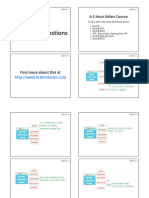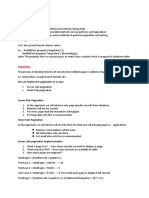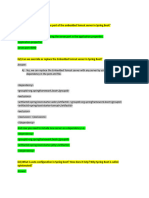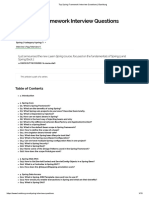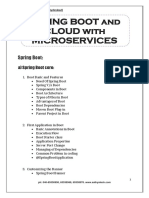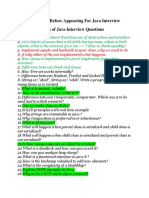0% found this document useful (0 votes)
2K views19 pagesMicroservices Notes
The document discusses microservices architecture and how to develop a sample project using microservices. It describes monolithic architecture and its disadvantages. Microservices architecture divides an application into independent components or services that communicate over a network. The sample project contains stock price APIs that are developed as microservices and registered with a service registry.
Uploaded by
kcmfkgaltCopyright
© © All Rights Reserved
We take content rights seriously. If you suspect this is your content, claim it here.
Available Formats
Download as PDF, TXT or read online on Scribd
0% found this document useful (0 votes)
2K views19 pagesMicroservices Notes
The document discusses microservices architecture and how to develop a sample project using microservices. It describes monolithic architecture and its disadvantages. Microservices architecture divides an application into independent components or services that communicate over a network. The sample project contains stock price APIs that are developed as microservices and registered with a service registry.
Uploaded by
kcmfkgaltCopyright
© © All Rights Reserved
We take content rights seriously. If you suspect this is your content, claim it here.
Available Formats
Download as PDF, TXT or read online on Scribd
/ 19








